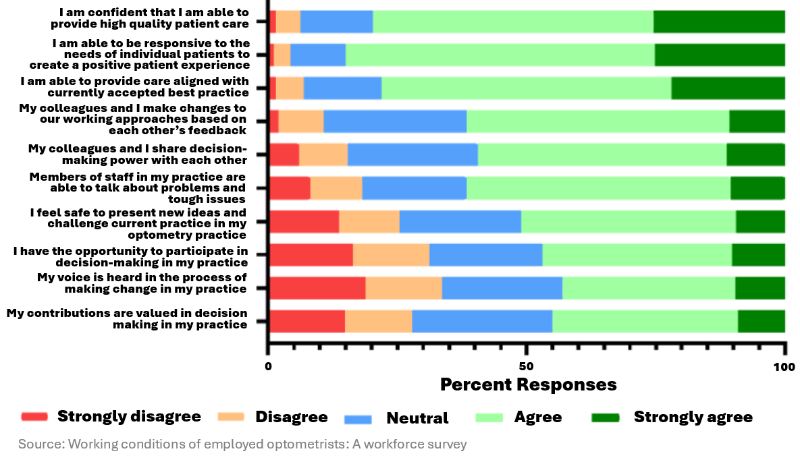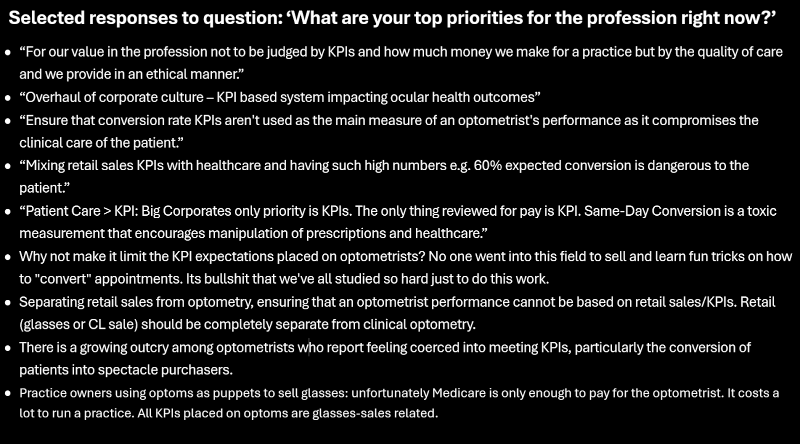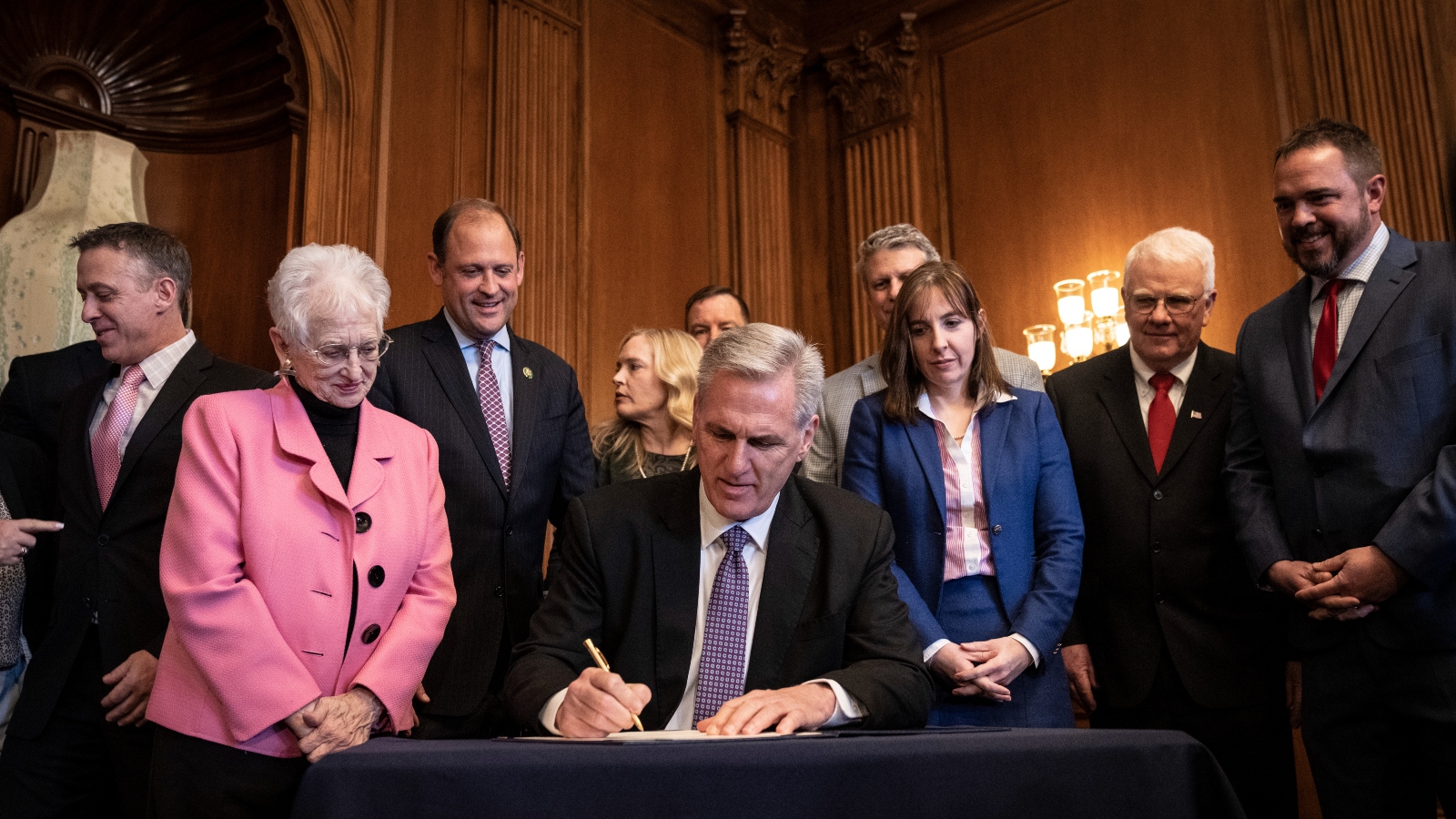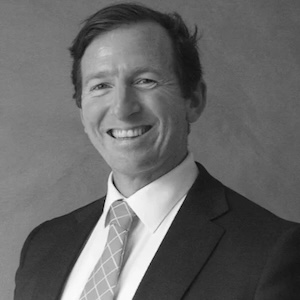Last year, the Boston Community Solar Cooperative announced plans for its first community solar project: 81 kilowatts of panels atop an affordable housing complex in a low-income, historically Black Boston neighborhood. The success of the project depends, in large part, on tax credits the Inflation Reduction Act established in 2022. Because the solar panels will sit on a subsidized apartment building in a low-income community, up to 50 percent of the project’s cost could ultimately be recouped through tax credits. But, in all likelihood, once the project’s completed, the Boston Community Solar Cooperative won’t actually receive those credits — and that’s by design.
Instead, the cooperative intends to sell its tax credits as soon as it can, said Gregory King, the organization’s president. This will bring in more cash early on, reduce the amount of debt required, and improve the financial outlook of the project.
In the past, a scheme like this would have required whoever purchased the credits to retain an ownership stake in the project for at least five years — an unthinkable prospect for a cooperative that aims to provide its member-owners, primarily Black and brown residents of disinvested areas of Boston, with a modest passive income from the energy generated by the panels. But the Inflation Reduction Act, or IRA, not only revamped old tax credits and introduced fresh ones, it also made these credits transferable. In other words, anyone developing a clean energy project who didn’t have enough tax liability to take full advantage of the tax credits could sell them to a company that did, without ceding ownership.
This change has enabled countless clean energy projects to get off the ground. Wind farms, geothermal plants, large-scale battery facilities, electric vehicle charging banks, manufacturing projects, and even mining operations for critical minerals have all taken advantage of the tax credits markets that emerged and matured in just a year and a half after transferability went into effect. Crux Climate, one of the companies that built a platform to facilitate tax credit transfers, estimates that $24 billion worth of IRA-related credits were exchanged in 2024 alone.

“Before the IRA passed, it was very difficult for a lot of renewable energy developers to take full advantage of the tax credits,” said Charles Harper, a senior policy lead with the climate advocacy nonprofit Evergreen Action.
This is because tax credits work as a form of discount on a business or individual’s annual tax bill, allowing them to cut a chunk out of what they owe the government based on the dollar value of the credit. This can save a lot of money — if you owe enough taxes in the first place. “Tax credits are only good if you have enough tax liability that you owe the government to remove,” Harper said.
The IRA made it easier for project developers without major tax liabilities, like the Boston Community Solar Cooperative, to sell their credits at a discount before breaking ground on a solar or wind project. This allows the developers to bring in much-needed cash to pay for equipment and labor. Meanwhile, buyers — which can include banks, companies, and even some high net-worth individuals — get an additional write-off on their own hefty tax statements.
It was technically possible to shift tax credits from one entity to another before the IRA, but the process was complicated and onerous, meaning very few players had the appetite to sell or buy credits. “The largest banks make up the overwhelming share of that market,” said Alfred Johnson, CEO of Crux Climate. This limited how many developers could actually sell their tax credits and often made the deals inaccessible to small developers and community-based projects.
“Transferability was a godsend in many ways, because it simplified the process,” said Derek Silverman, co-founder of Basis Climate, another site for trading tax credits.
Before a clean energy developer can list a credit for sale on an exchange like Crux Climate, they must first get their credits pre-approved by the Treasury Department. To do so, they need to submit paperwork showing that they control the site where the project will be developed and that they have a contract with a customer who will purchase the electricity once it’s flowing.
The process isn’t frictionless, but it’s no longer as difficult as it was before the IRA. Now, instead of navigating complex legal agreements to move tax credits from developer to investor, “it’s like going and buying a Walmart gift card for 85 cents on the dollar,” said Jon Abe, CEO of the clean energy investment firm Sunwealth, “but with a lot more paperwork.”
That 85-cents-on-the-dollar discount is what attracts buyers to these markets. On Crux Climate’s platform, the actual per-dollar markdown shifts based on the size of the transaction, from 89 cents or less for the smallest deals to 95 cents for the largest.
But even if the developers of smaller projects sell their tax credits for a deeper discount, it can still make a pronounced impact. Based on King’s estimates, Boston Community Solar Cooperative could bring in around $150,000 from its tax credit sales. And last year, Basis Climate helped the solar service provider Navajo Power Home sell credits for $355,000 to support a project that is bringing solar and battery systems to Navajo Nation and providing electricity to more than 100 homes that would otherwise have to rely on diesel generators.
“Solar is pretty capital-intensive. So to the degree that you could use someone else’s money and not have to take on debt to bring that capital to your project,” King said, “you’re much more likely to have projects that pencil,” or make financial sense.

Andrew Harnik / Getty Images
In addition to making material improvements in disadvantaged communities, the transferable tax credits have spurred private investments that create jobs and expand domestic manufacturing, all while helping big businesses lighten their tax load. Yet these tax credits are under threat as congressional Republicans work through budget reconciliation, a special legislative process that allows Congress to fast-track spending legislation and bypass the Senate filibuster. (The IRA itself was adopted through budget reconciliation.)
Right now, the main priority for Republicans in this process is extending tax cuts worth $4.5 trillion over a decade that would primarily benefit the wealthy, and reducing federal spending by at least $1.5 trillion to make up some of the difference. It’s not yet clear what might get cut, but the IRA tax credits are being considered. In February, House Speaker Mike Johnson told reporters that his approach to repealing the IRA would “be somewhere between a scalpel and a sledgehammer.”
But an estimated 85 percent of IRA-related investments have flowed into Republican districts, inspiring four Senate Republicans to come out in favor of the tax credits this month. This came after nearly two dozen House Republicans co-signed a letter in March in defense of the law’s tax provisions. “If at least a handful of those 21 House members are serious about protecting investment and jobs in their districts that the [IRA tax credits] are providing,” said Harper, “then that would be huge.”
This story was originally published by Grist with the headline A simple tweak to tax law has helped bring solar power to the communities that need it most on Apr 22, 2025.
This post was originally published on Grist.
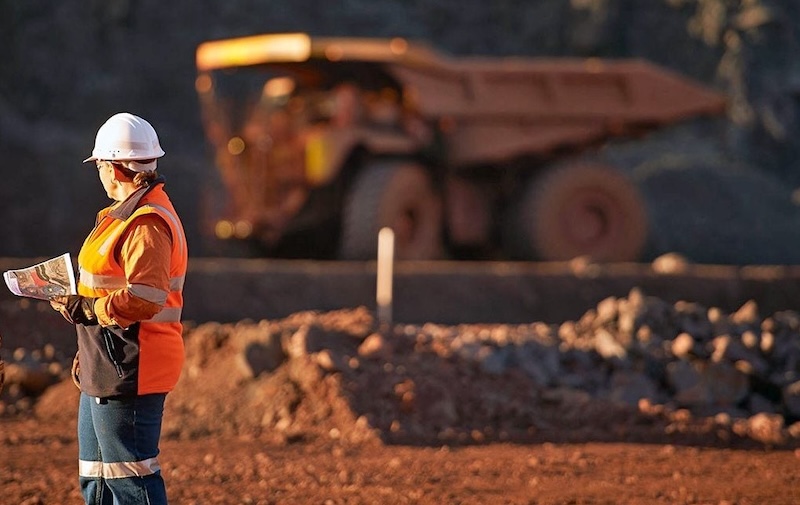














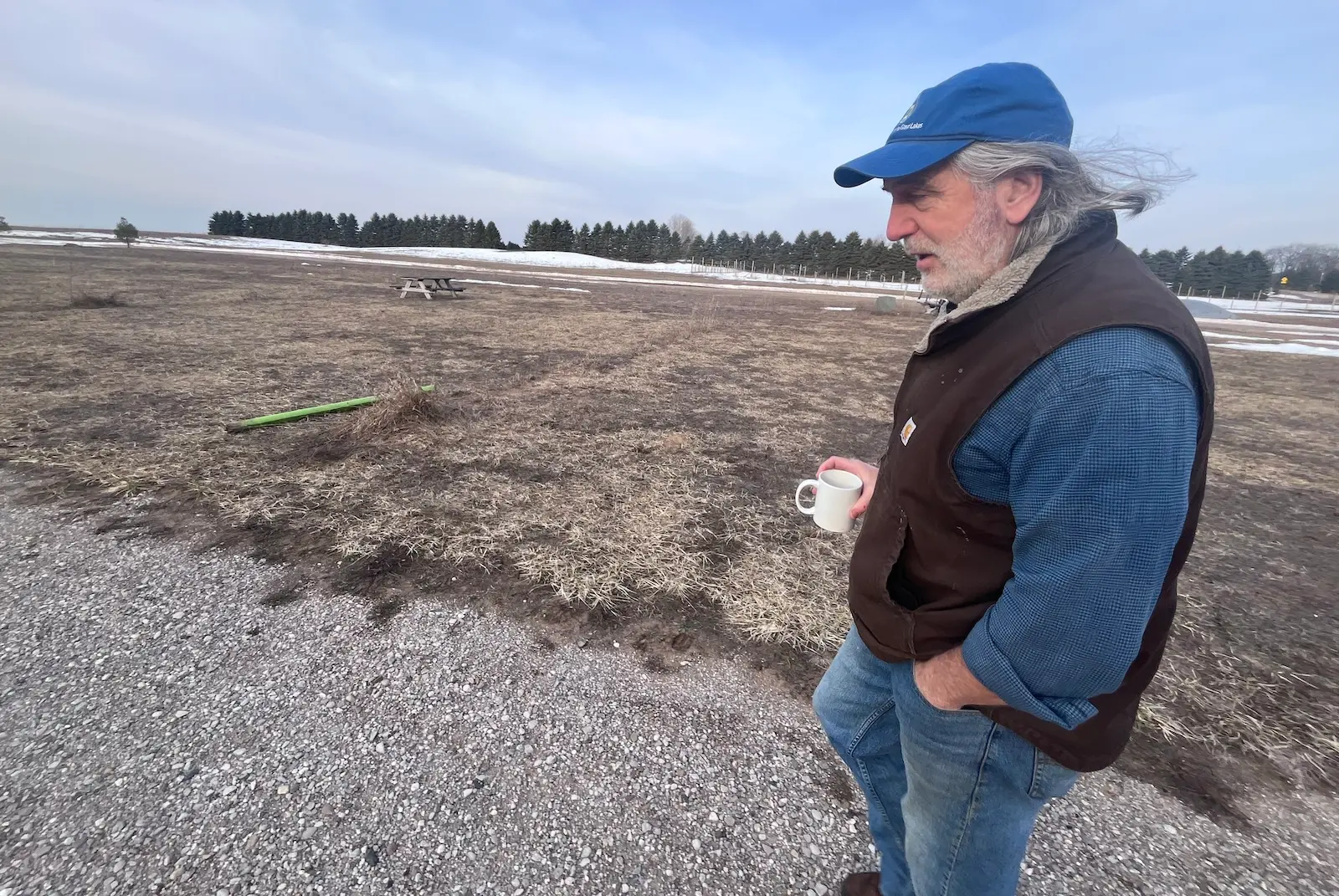




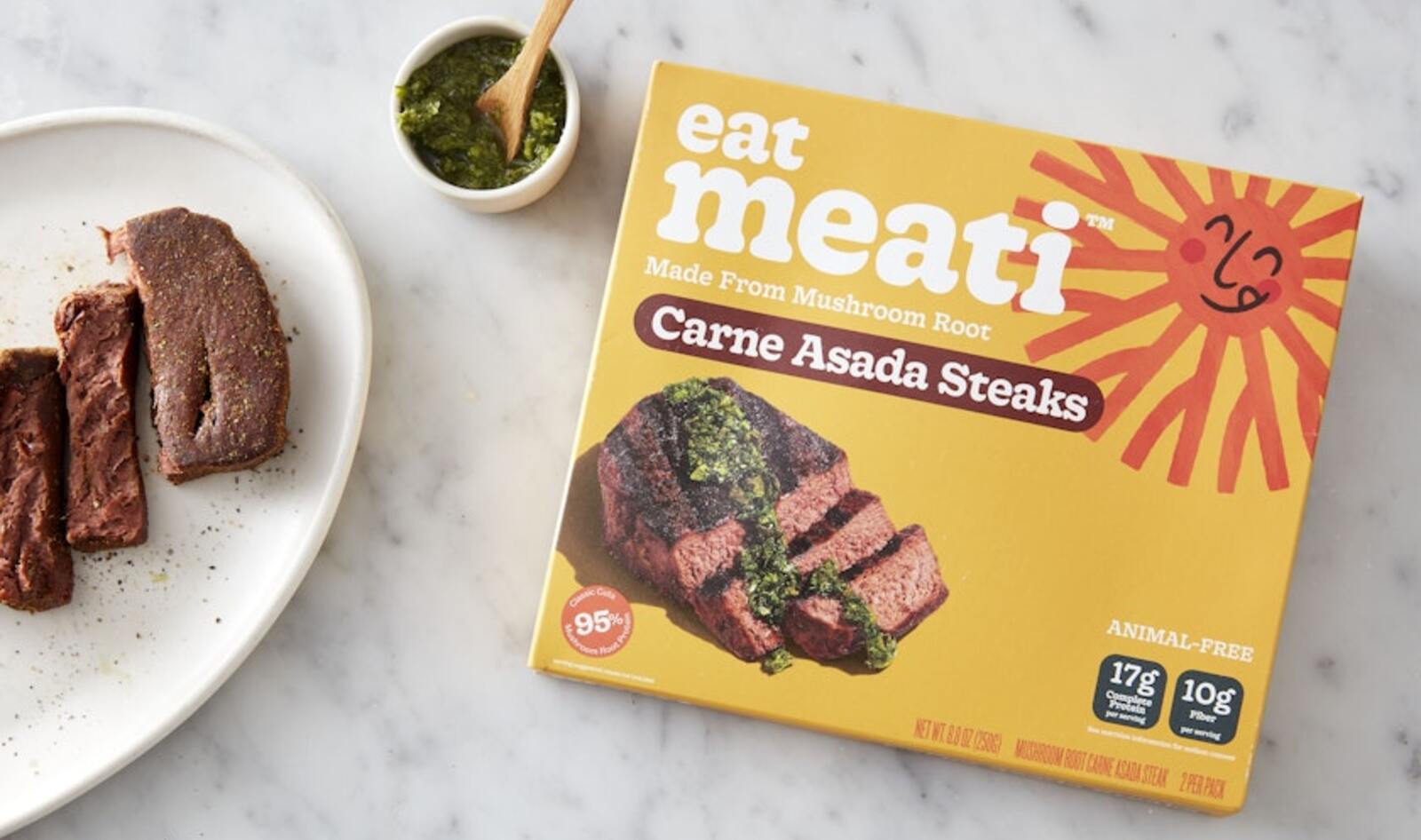
 Meati Foods
Meati Foods Meati Foods
Meati Foods
